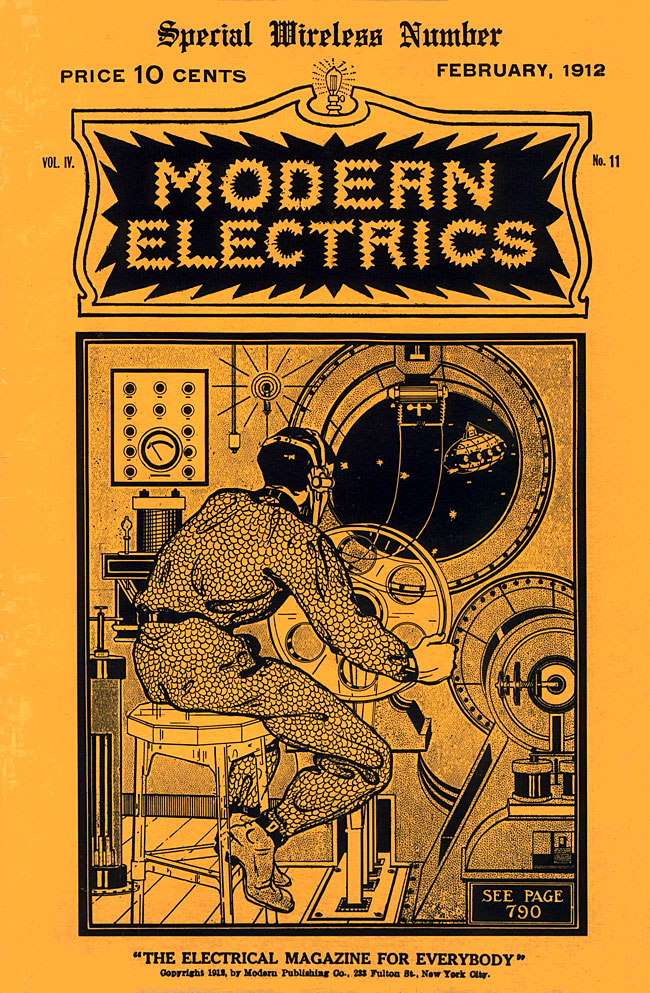I've never been a beach person. There are (or at least used to be) some exceptions but most of these towns are for me nice places to visit but a little too bland and way too pricey to want to live there.
I know people, however, who have trouble imagining living anywhere else. One of them, a long time Venice resident, described it like this. He had lived in other parts of the city when he first came here but said he never felt he was truly in LA until he made it all the way west. He compared the feeling to that of a pioneer crossing the continent in a covered wagon only to die of thirst in the desert just short of California.
Venice Beach used to have a seedy, bohemian reputation, just the sort of place you'd expect Jim Morrison to hang out. These days, the feel is definitely upscale, the rough edges have largely been worn away, and the crime you encounter is less likely to involve gangs and drugs and more likely to involve Silicon Beach Ponzi schemes.
One of the last holdouts of old Venice was Abbott's Habit, a decidedly non-corporate coffeehouse that long held a corner of Abbott Kinney, the street now known for pop-up shops, trendy restaurants, and places where you can get bone marrow ice cream (no, really).
I happened to be in Venice the day that Abbott's Habit closed. It was packed with regulars as a long list of local musicians played short sets to say goodbye. One song in particular captured the mood of the event (I'm sure it's out there somewhere on the Internet but I haven't been able to find it). The chorus went something like this, "when I get east of Lincoln, my heart starts sinkin'."
The Lincoln in question is the stretch of the Pacific Coast Highway that runs north and south through that part of town and informally divides the "beach" community from the "non-beach" areas. To live west of Lincoln means to have cool ocean breezes throughout the summer, to be able to walk down to the boardwalk, and generally to feel yourself part of the vibe.
Every time the singer got the chorus, the crowd nodded in melancholy appreciation. This was a big part of how they had defined their community and, to a degree, themselves. Now, many were being priced out of the area and, more importantly, those who stayed or returned for a visit knew that their Venice was gone regardless.
While it certainly lacks the emotional resonance for the new residents, "west of Lincoln" has never had more economic importance and perhaps never more social value. Venice Beach has become one of those places where well-off people want to live and, more to the point, one of those places where well-off people want to brag about living. There's nothing especially objectionable about this (most non-native born Angelenos have at least occasionally taken a certain pleasure in telling friends back east stories of beautiful weather and celebrity encounters), but it can have important implications for our urban planning discussion.
Many of the arguments we hear about density and transportation are strongly dependent on some rather simplistic assumptions about linear relationships and fixed demand. Why people live where they live is almost always complicated and seldom monocausal. If the discussion doesn't start reflecting some of that complexity, we are in danger of making some very big mistakes.
(And, yes, the bone marrow ice cream wasn't that bad.)




























